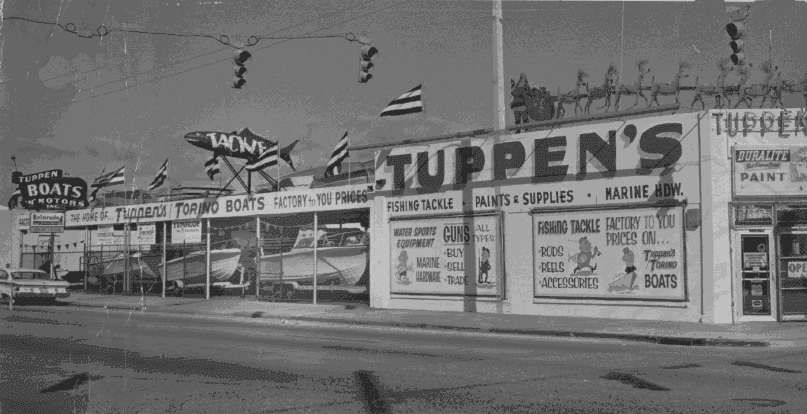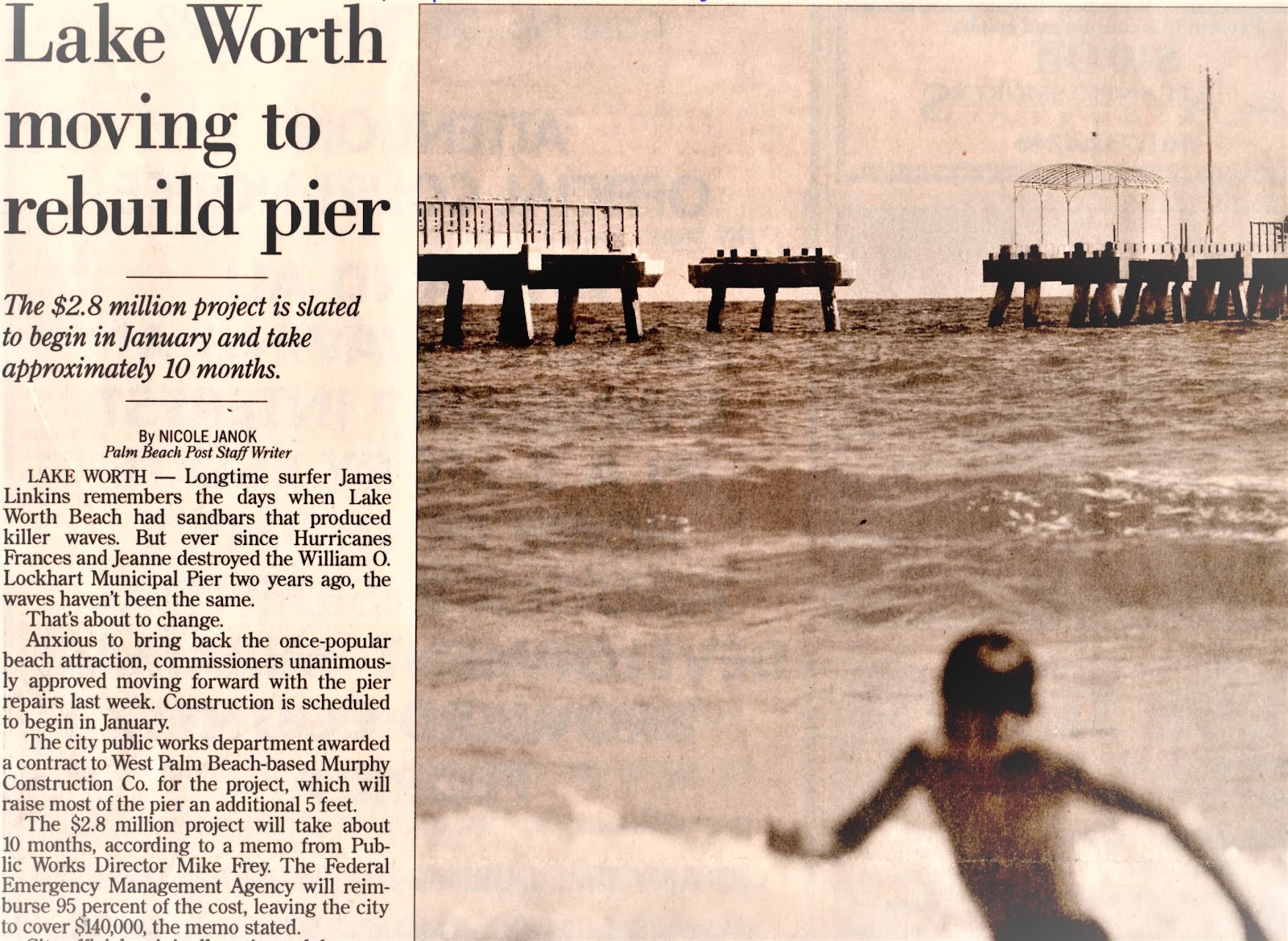John Prince Park provides innumerable benefits for the City of Lake Worth. And there are challenges as well. One of those challenges is the homeless staying in the park at night and, for multiple reasons (e.g., seeking services and supplies), are in the City of Lake Worth during the daytime hours.
This was a topic of discussion at an Economic Opportunities Workshop called the “Heart of Palm Beach County”:
- Create a new Strategic Plan for John Prince Park.
- Address homeless camps at John Prince Park.
“Debunked: The Palm Beach Post feature story on the number of homeless in the City of Lake Worth”
The blog post below is from December 2015, debunking the Post’s front page, feature ‘news’ story on the homeless situation in the City of Lake Worth. No one has ever challenged these conclusions. Several times this blog post has been re-posted, at least 5 times (or more).The front page, above the fold story in Sunday’s (12/6/15) Palm Beach Post is not new news. The Post’s Matt Morgan reported on this in April 2015. You can draw your own conclusions why this story was a big splash in the paper eight months later.
As to the question, is the homeless count of 142 in Lake Worth bogus?
It most likely is and the clue can be found in this County news release from April 23rd, 2015 titled, “County Releases Numbers for 24-Hour Homeless Point-in-Time Count”. The Post story on December 6th relied heavily on this information and it’s dubious at best.Here is an excerpt from the news release:
The 2015 Point-in-Time Count indicates that across Palm Beach County during a 24-hour time period, 1,421 individuals and families were considered homeless as defined by the federal “Homeless Emergency Assistance and Rapid Transition to Housing Act.” The count included those staying in emergency shelters, transitional housing and places not meant for human habitation.This year, the Point-in-Time Count was undertaken by a total of 220 individuals including staff from Palm Beach County, the Homeless Agency, Veterans Administration, School District of Palm Beach County, Homeless Coalition, and United Way; agency board members; a local city commissioner; college students and volunteers. They completed 1,214 surveys in the field along with initial vulnerability assessments. Surveys were completed on paper and with a mobile application.
and. . .
Teams searched in wooded areas, abandoned buildings, alleyways and parks, and spoke with individuals at intersections and in front of stores. A targeted outreach was conducted at midnight in John Prince Park. [you’ll see why this is important later] In addition, counters traveled across the county to survey in places where homeless tend to go, including food pantries, soup kitchens, and libraries.When the data in Sunday’s Post indicated Lake Worth had 142 homeless as opposed to Delray Beach having 63 my radar immediately went up. Delray Beach in land area is approximately 2½ times the size of Lake Worth and Lake Worth has approximately 27,000 fewer residents than Delray Beach. Then how could Lake Worth, a small city in southern Palm Beach County (PBC), have 142 homeless?
The data can’t, by any means, be called scientific.
It’s a “snapshot in time”. Here is the final report submitted to Tallahassee by the PBC Human Services Executive Director. Below is an image from the PBC website:Interestingly all of the above links work except for one [link no longer works], the scoring tool:
http://www.pbcgov.com/communityservices/programs/pdf/2015_Scoring_Tool_for_HUD_New_Renewal_Projects_Final.pdf
As most everyone knows John Prince Park has a high number of homeless people and many of these people go into the downtown of Lake Worth for a multitude of reasons and then return to the park. Lake Worth has the closest downtown from the park, easily walked, biked, and is also along a bus route. When you search for John Prince Park on the PBC website this is what you find:
John Prince Park IS NOT in the City of Lake Worth.
The park is unincorporated PBC or suburban Lake Worth. The park’s address is a mailing address. Here are the people tasked with counting the homeless:
[T]he Point-in-Time Count was undertaken by a total of 220 individuals including staff from Palm Beach County, the Homeless Agency, Veterans Administration, School District of Palm Beach County, Homeless Coalition, and United Way; agency board members; a local city commissioner; college students and volunteers.
Were these homeless counters trained on the difference between municipal borders and unincorporated PBC?
One of the guidelines in counting homeless are people living in campgrounds — were campers staying in tents in John Prince Park Campground counted as homeless? There are anecdotal reports of homeless people being dropped off in our City’s Bryant Park; where did they come from? The Homeless Point-in-Time Count raises more questions than answers.
And once again, why is a news story from January, reported in the Post first the previous April now a front page, above the fold “POST EXCLUSIVE” on December 6th? Raises more questions than answers does it not?
Were these homeless counters trained on the difference between municipal borders and unincorporated PBC?
One of the guidelines in counting homeless are people living in campgrounds — were campers staying in tents in John Prince Park Campground counted as homeless? There are anecdotal reports of homeless people being dropped off in our City’s Bryant Park; where did they come from? The Homeless Point-in-Time Count raises more questions than answers.
Remember. The number 142 is a snapshot in time.
A front page picture in the Post of the homeless in our Bryant Park is also a snapshot in time 11 months after the County's homeless count. An hour earlier or an hour later the homeless may have decided to go somewhere else, like John Prince Park or West Palm Beach or Boynton Beach.And once again, why is a news story from January, reported in the Post first the previous April now a front page, above the fold “POST EXCLUSIVE” on December 6th? Raises more questions than answers does it not?
 |
| “Cities look for remedies as homelessness rises”. The previous April, Matt Morgan had this article in the Post titled, “Homelessness continues to decline in Palm Beach County”. |







